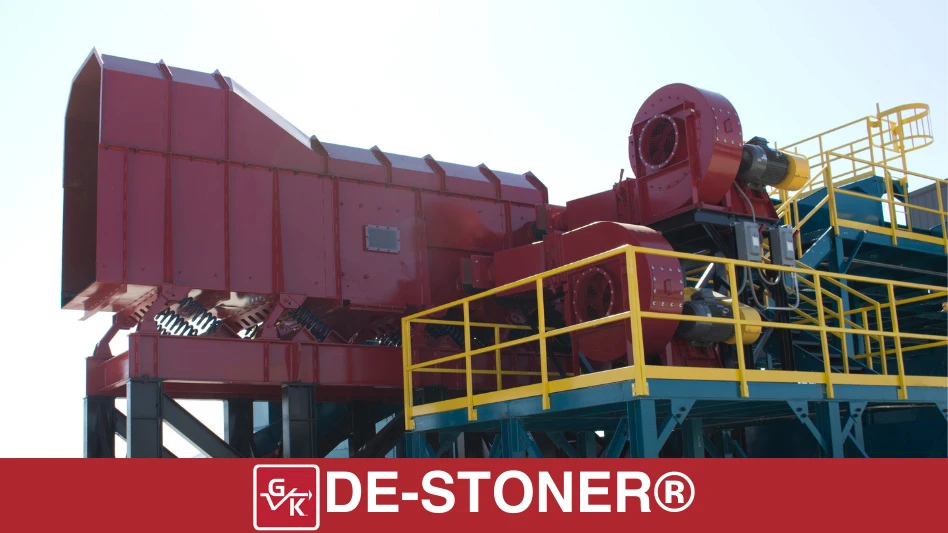
I am sure I was not the only one surprised to wake up on Nov. 9 to the news that Donald Trump had won the presidential election. As the outcome began to set in, the president-elect set about putting his cabinet in place and made several appointments to various agencies with markedly different views than those who have held those positions for years’ prior.
Around the same time, a federal judge in Texas blocked the U.S. Department of Labor’s final overtime rule that would have required overtime compensation for all workers making $47,476 or less—an unpopular proposition for many industries including construction.
Trump’s $1 trillion infrastructure plan also may be music to construction contractors’ ears since memories of the 2008 economic downturn are still giving them and the recyclers who process materials from their projects nightmares.
It is too early to say what impact a Trump presidency will have on the construction industry. It is an industry that cannot be outsourced. And while an easement on regulation and salary requirements may sound good for construction company owners, at what price will cost workers’ health, safety and earnings potential? The industry already is facing historic worker shortages. Who will fill these jobs that could potentially be created with new projects?
The Associated Builders and Contractors (ABC), Washington, forecasts U.S. commercial and industrial construction industries’ growth will slow down in 2017, with projected growth of 2.5 percent. Among the reasons it gives are rising commodity prices and potential interest rate increases.
Where jobs are concerned, ABC’s chief economist, Anirban Basu, noted U.S. Bureau of Labor Statistics data that construction job openings are at a 10-year high and that average hourly earnings for construction workers rose above $28 per hour in 2016.
“The demand for construction workers is positioned to remain high and is likely to increase already significant wage pressures,” Basu says.
On a better note, the association also references the Bureau of Economic Analysis, which puts the average of all fixed assets in the U.S. at 23 years. “…There is a collective awareness among American enterprise that they will need to replace much of their capital stock in future years,” Basu states. “In addition, now rising energy prices could produce more investment and rising earnings, potentially translating into better support for asset prices, ongoing hiring and consumer spending.”
In summary, 2017 might not be the booming come-back the construction industry has been hoping for in recent years, but aging infrastructure, lightening up on expensive regulations and a seeming push toward domestic projects could give the industry a push in the right direction.

Explore the January 2017 Issue
Check out more from this issue and find your next story to read.
Latest from Construction & Demolition Recycling
- Fleetio integrates Maintenance Shop Network add-in
- C&D World session preview: Key strategies for effective fleet maintenance
- Rotochopper hosts equipment owners at annual training program
- EAF mill underway in California
- On the move
- Viably teams with Turmec on materials processing systems
- Tight supply poised to keep recycled steel prices buoyant
- Untha shredder prepares SRF in the UK





